Getting to Know Grenache Blanc White Wine and Taste
Getting to Know More About Grenache Blanc White Wine and Taste
Not all varieties offer the same balance of richness and freshness, but Grenache Blanc stands out for its distinctive texture and layered complexity. Through years of tasting and pairing, we've found its hallmark lies in a rare combination of aromatic intensity and a broad, almost weighty mouthfeel, setting it apart from more familiar options. This guide goes beyond the usual descriptors, diving into how different aspects shape its character.
Top 5 Takeaways
-
In every location where it is grown, they produce unique profiles.
-
It stands out for its rare combination of textured richness and refreshing acidity.
-
Climate and soil directly influence its depth, with warmer regions enhancing ripeness and cooler areas adding minerality.
-
Its versatility makes it a perfect match for seafood, creamy cheeses, and spicy dishes.
-
Often overlooked, it offers exceptional complexity and is a must-try for those seeking something distinctive.
Origins of This Masterpiece
Its history, which dates back to the 18th century, is closely tied to the region's cultural and economic progress. Geography, climate, and human efforts influenced its unique attributes.
Its diverse geographical distribution attests to its adaptability and resilience, earning it enduring popularity among viticulturists and wine lovers.
Understanding Its Viticulture
For Grenache Blanc to thrive, it requires specific conditions that help express it's unique qualities.
Known for high yield and wind and drought resistance, it proves advantageous for growers in hotter, drier regions. Despite these benefits, this variety tends to oxidize and demands careful handling during winemaking to retain its fresh, fruity character.
Many growers often opt for organic or biodynamic farming methods when cultivating them.
Its Tasting Profile
High alcohol content is a notable feature of wines made from this grape, resulting in a full-bodied, enriching mouthfeel. Balancing this robustness is a refreshing acidity, creating a wine that harmoniously blends power with vivacity.
Aromas emanating from it captivate as much as their taste. Hints of green apple, pear, lime, and herbaceousness form a complex yet approachable bouquet.
Pairing Suggestions for Grenache Blanc
This adaptable masterpiece pairs wonderfully with diverse dishes. Crisp acidity and robust flavors make seafood a preferred choice. Floral and citrus notes also balance spicy dishes.
To fully appreciate it, focus on its serving temperature. It ideally ranges from 46-50 degrees Fahrenheit. At this level, you get to savor its subtle aromas and tastes.
Selecting the Best Ones
You will notice that it profoundly mirrors its terroir. So, when you are on the hunt for a bottle, these signature traits should guide your search for an authentic experience.
Knowledge about renowned regions also sharpens your selection process. Warm, dry climate regions are where this variety thrives.
“The world recognizes Merlot as one of its most adaptable and skilled red wine grapes because of its distinctive quality profile. Through vineyard tours between Bordeaux and Napa and Chile, we experienced first-hand how terroir elements and winemaking methods transform each batch of Merlot into its finished state. People from around the world trust production houses with Merlot grapes and value the wine itself as a timeless foundation of winemaking.”

Supporting Facts and Statistics
Grenache Blanc is gaining recognition for its balance of richness and freshness. Once overlooked, it now stands as a compelling varietal. Here’s what the numbers—and firsthand experience—reveal:
1. A Staple in French Winemaking
-
4th fourth planted white grape in France.
-
Dominates Côtes du Rhône and Châteauneuf-du-Pape.
-
The expressions vary from rich and full-bodied to crisp and mineral-driven.
-
Proven adaptability across diverse terroirs.
Source: rhonerangers.org
2. Rapid Growth in California
-
Over 227 acres planted, with 44% added since 2005.
-
Winemakers recognize its versatility and potential.
-
Careful vineyard management enhances its freshness.
-
Increasingly featured in Rhône-style blends and single varietals.
Source: rhonerangers.org
3. A Rising Star in San Luis Obispo County
-
There was a 33% increase in plantings between 2017 and 2020.
-
Thrives in the region’s Rhône-inspired vineyards.
-
Coastal influence adds a saline minerality.
-
Gaining popularity as a fresh yet textured alternative to traditional whites.
Source: winehistoryproject.org
Grenache Blanc is no longer an underdog. With its growing footprint in France and California, this varietal is proving its place among the most exciting white wines today.
Final Thoughts & Opinion: Why This Distinctive Variety Deserves More Recognition
Unlike many others that lean heavily in one direction, it delivers a rare harmony of texture and depth.
What Makes It Unique?
-
Versatility Across Regions – Expressions vary from Spain’s sun-ripened intensity to France’s refined minerality and California’s bold interpretations.
-
Food Pairing Power – Enhances both creamy dishes and delicate seafood, making it a go-to for complex meals.
-
Terroir-Driven Character – Climate and soil dramatically shape its personality, allowing for a wide range of styles.
3 Reasons to Explore It Now
-
Layered Complexity – A unique interplay of weight, aromatics, and freshness that few others achieve.
-
Underrated Potential – Still flying under the radar, offering high-quality selections at great value.
-
Perfect for Pairing – Its structure and acidity make it an excellent complement to diverse cuisines.
For those looking to step beyond the usual, this variety offers a journey of discovery and appreciation—one that rewards curiosity with depth, elegance, and an unmistakable sense of place.
Frequently Asked Questions
What is a Grenache Blanc wine?
Grenache Blanc wine is a full-bodied white wine that originates from the northern region of Spain. It's known for its high alcohol content and flavors of green apple, honeydew, and herbs. The wine is often used in blends to provide richness and alcohol content.
Is garnacha blanca dry or sweet?
Garnacha Blanca, another name for Grenache Blanc, can be either dry or sweet, depending on how it's made. Traditionally, it's vinified into dry wines in Spain and France, but it can also be made into sweet dessert wines.
Is Grenache Blanc similar to Chardonnay?
Grenache Blanc is not exactly similar to Chardonnay. While both are full-bodied white wines, Grenache Blanc tends to have higher alcohol content and more savory flavors, while Chardonnay is often more fruity and oaky.
Is Grenache a red or a white grape?
Grenache is a type of grape that can be either red or white. The red variety is simply called Grenache, while the white variety is known as Grenache Blanc.
Is Grenache wine dry or sweet?
Grenache wine, made from the red Grenache grape, can be both dry and sweet. The style of the wine largely depends on where and how it's made.
What is another name for Grenache Blanc?
Grenache Blanc is also known as Garnacha Blanca in Spain and Vernaccia di Oristano in Italy.
How dry is Grenache Blanc?
The dryness of Grenache Blanc can vary. Generally, it is made into a dry wine, but it can also be made into a sweet dessert wine.
Is Grenache wine heavy or light?
Grenache wine, made from the red Grenache grape, is typically medium to full-bodied. It's heavier than many other red wines due to its high alcohol content.
Is Grenache Blanc the same as Grenache Noir?
Grenache Blanc and Grenache Noir are not the same. Grenache Blanc is a white grape variety, while Grenache Noir is a red grape variety. Both are different color mutations of the original Grenache grape.
Is Grenache wine like Pinot Noir?
Grenache wine is not exactly like Pinot Noir. While both are red wines, Grenache is typically fuller-bodied with higher alcohol content, while Pinot Noir is lighter-bodied with more acidity.
What food goes well with Grenache Blanc?
Grenache Blanc pairs well with a variety of foods, especially those with rich, savory flavors. It's great with roasted chicken, creamy pasta dishes, and seafood like shrimp or scallops.
What is the difference between Grenache Gris and Grenache Blanc?
The difference between Grenache Gris and Grenache Blanc is in the color of the grapes. Grenache Gris grapes have a grayish-blue color, while Grenache Blanc grapes are green. The wines made from these grapes also have slight flavor differences, with Grenache Gris often being more full-bodied and complex.
Join us for a look into our elegant approach to winemaking and gracious hospitality. We welcome our members and their guests by appointment only. Become a member or book an event by visiting CasaLoce.com
Casa Locé
Upper Ojai California
10065 N Ojai Rd, Ojai, CA 93023
https://maps.app.goo.gl/E7YQCnXAFHq1bKz46




